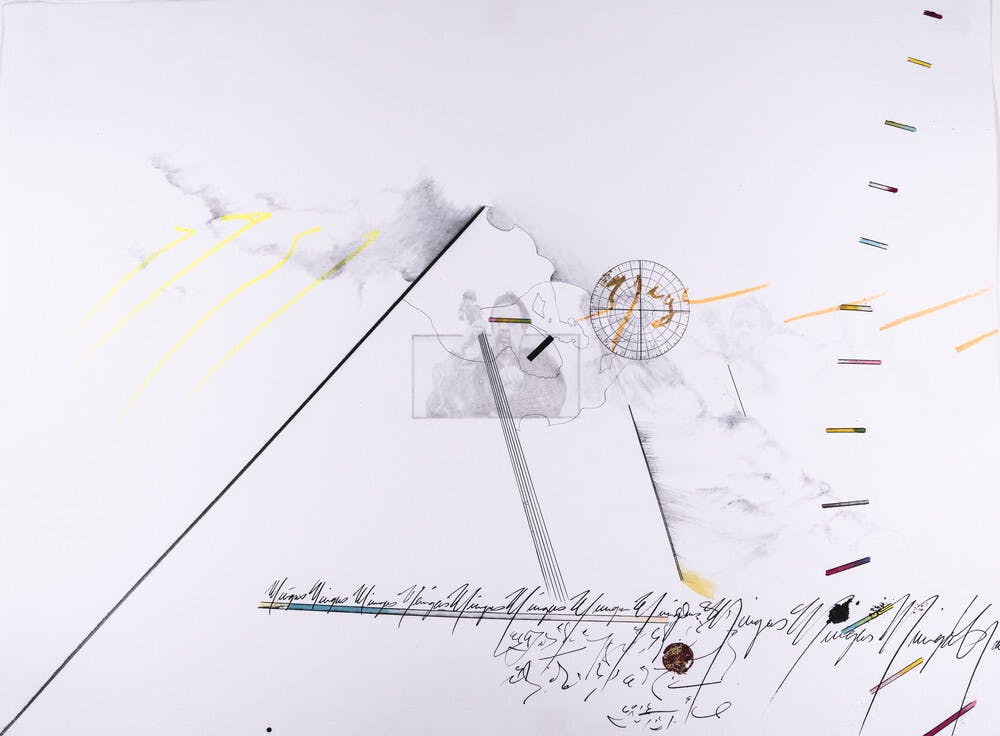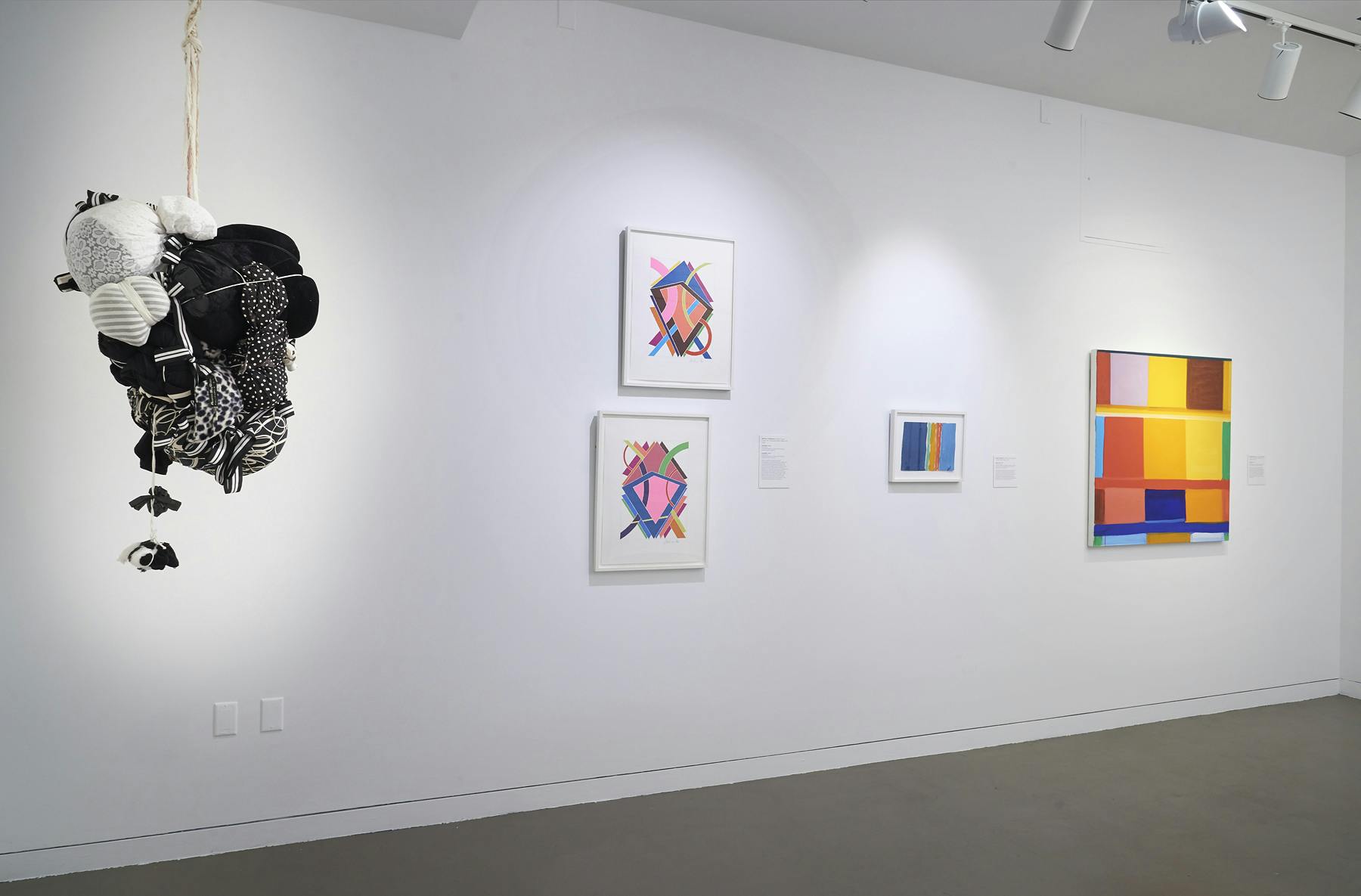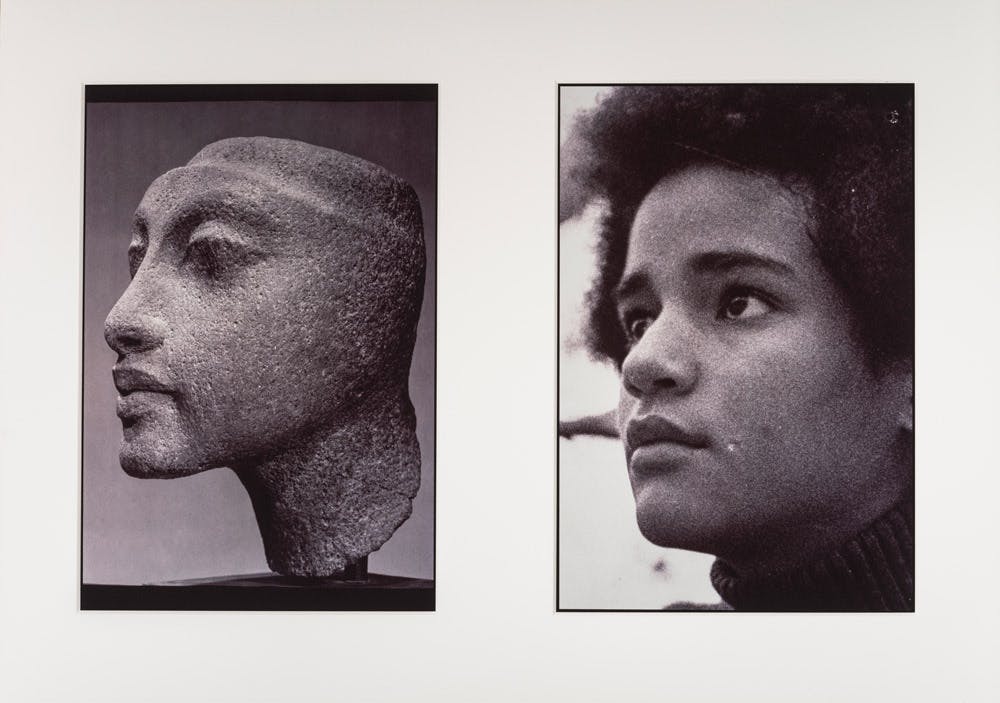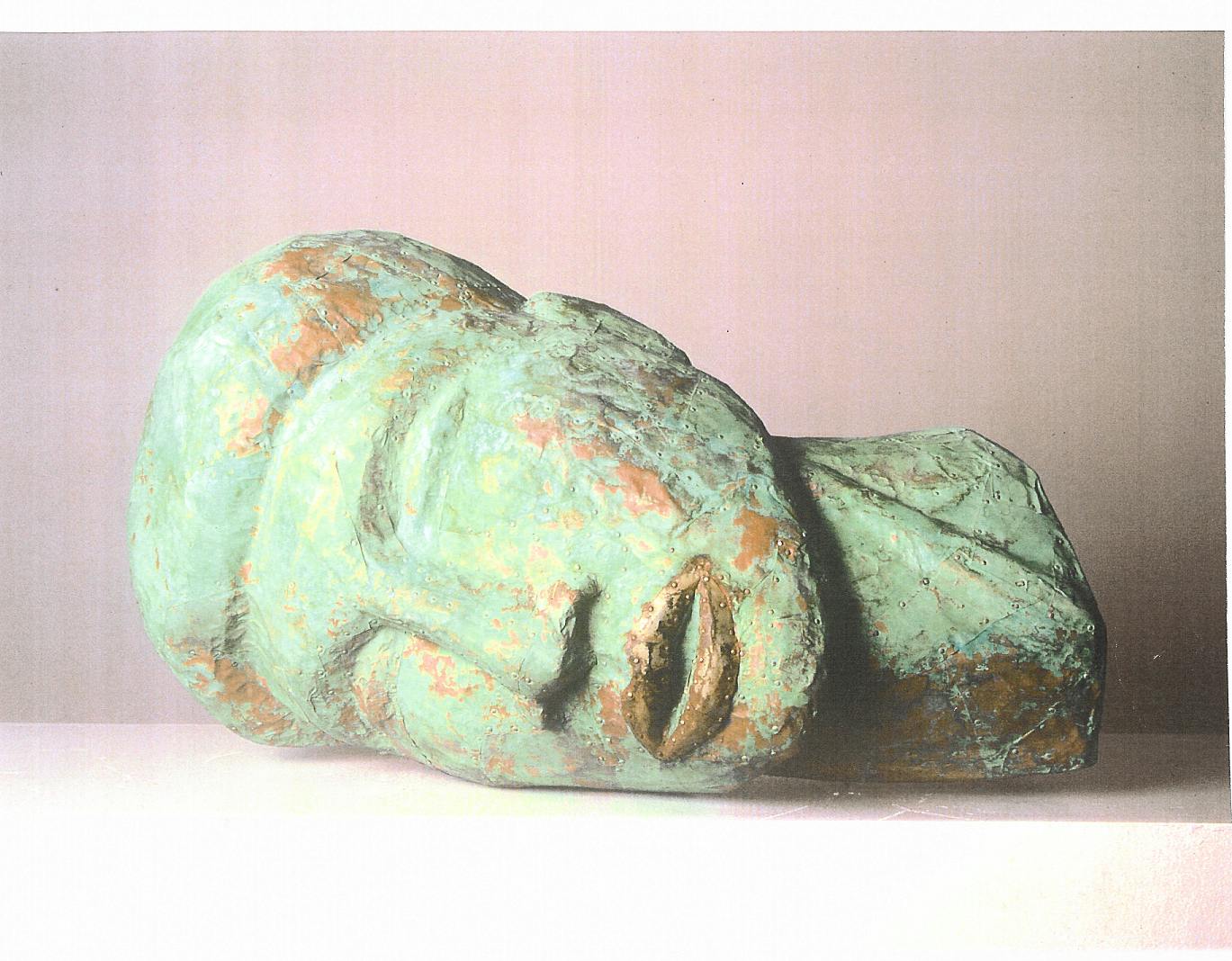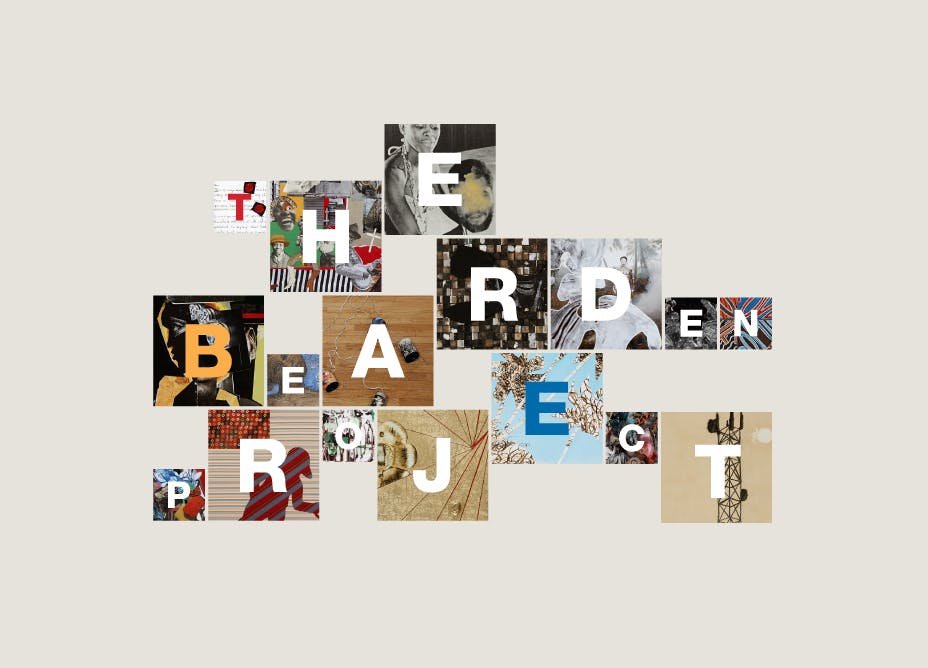Barkley L. Hendricks
(1945–2017)Barkley L. Hendricks is best known for his photographs and vibrant, large-scale paintings of Black people and urban spaces that capture various states of self-expression and self-fashioning.
Biography
Barkley L. Hendricks received his first Polaroid camera from a neighbor in his hometown Philadelphia. He attended the Pennsylvania Academy of the Fine Arts (PAFA) from 1963 to 1967 through a Crescent Scholarship, where he studied under several painters, such as Will Barnett, Ben Kamahara, Julian Levi, Louis Sloan, and Walter Stumpfig.
At PAFA, Hendricks was awarded the William E. Crosson Scholarship in 1966, which allowed the artist to travel across Europe. On this trip, Hendricks was heavily influenced by the formal qualities of fifteenth- and sixteenth-century Italian Renaissance paintings and their usage of oil and gold leaf. He was also exposed to a variety of European portraitists, such as seventeenth-century Spanish painter Diego Velázquez, late sixteenth-century Italian painter Caravaggio, and fifteenth-century Flemish painter Jan van Eyck. He was influenced by the deliberate positioning of the sitters at the center of the composition in these works, which contributed to a monumentalizing of their subjects.
Hendricks graduated from PAFA in 1967 and enlisted in the New Jersey National Guard as an arts and crafts specialist at the Philadelphia Department of Recreation soon after. He attended Yale University from 1970 to 1972, where he earned both BFA and MFA degrees, as Yale recognized his four years of credit from PAFA. At Yale, the artist was mentored by photographers Thomas Brown and Walker Evans. From 1972 until 2010, Hendricks taught as a professor of studio art at Connecticut College in New London, Connecticut. Hendricks visited Jamaica often with his wife, Susan Hendricks, going back and forth to the country every year. He made landscape paintings and played jazz music with a group during these travels. His landscapes from this time bridge Hendricks’s interest in the plein air paintings of the old masters with the personal significance of Jamaica as a site of rest and creativity.
The Studio Museum in Harlem has presented Hendricks’s work in numerous group shows and two solo exhibitions: Barkley L. Hendricks: Oils, Watercolors, Collages and Photographs (1980) and Barkley L. Hendricks: Birth of the Cool (2008–09). The Studio Museum first acquired his work in 1983.
Exhibitions and Events
Barkley L. Hendricks
(1945–2017)Barkley L. Hendricks is best known for his photographs and vibrant, large-scale paintings of Black people and urban spaces that capture various states of self-expression and self-fashioning.
Self Portrait in Three Colors, 1979
Biography
Barkley L. Hendricks received his first Polaroid camera from a neighbor in his hometown Philadelphia. He attended the Pennsylvania Academy of the Fine Arts (PAFA) from 1963 to 1967 through a Crescent Scholarship, where he studied under several painters, such as Will Barnett, Ben Kamahara, Julian Levi, Louis Sloan, and Walter Stumpfig.
At PAFA, Hendricks was awarded the William E. Crosson Scholarship in 1966, which allowed the artist to travel across Europe. On this trip, Hendricks was heavily influenced by the formal qualities of fifteenth- and sixteenth-century Italian Renaissance paintings and their usage of oil and gold leaf. He was also exposed to a variety of European portraitists, such as seventeenth-century Spanish painter Diego Velázquez, late sixteenth-century Italian painter Caravaggio, and fifteenth-century Flemish painter Jan van Eyck. He was influenced by the deliberate positioning of the sitters at the center of the composition in these works, which contributed to a monumentalizing of their subjects.
Hendricks graduated from PAFA in 1967 and enlisted in the New Jersey National Guard as an arts and crafts specialist at the Philadelphia Department of Recreation soon after. He attended Yale University from 1970 to 1972, where he earned both BFA and MFA degrees, as Yale recognized his four years of credit from PAFA. At Yale, the artist was mentored by photographers Thomas Brown and Walker Evans. From 1972 until 2010, Hendricks taught as a professor of studio art at Connecticut College in New London, Connecticut. Hendricks visited Jamaica often with his wife, Susan Hendricks, going back and forth to the country every year. He made landscape paintings and played jazz music with a group during these travels. His landscapes from this time bridge Hendricks’s interest in the plein air paintings of the old masters with the personal significance of Jamaica as a site of rest and creativity.
The Studio Museum in Harlem has presented Hendricks’s work in numerous group shows and two solo exhibitions: Barkley L. Hendricks: Oils, Watercolors, Collages and Photographs (1980) and Barkley L. Hendricks: Birth of the Cool (2008–09). The Studio Museum first acquired his work in 1983.
